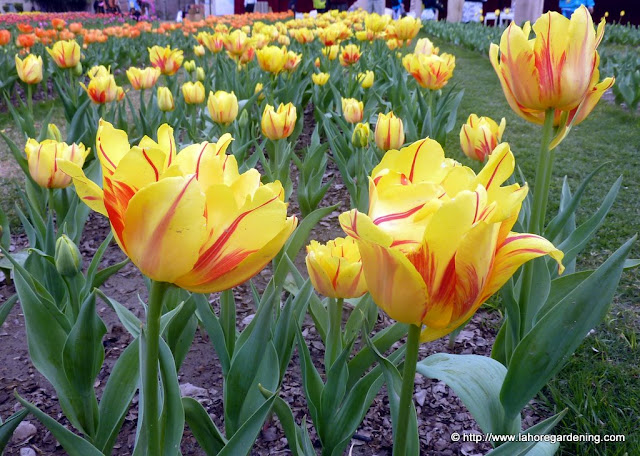We will be visiting some beautiful gardeners of Lahore starting this Sunday This is the thread from where this discussion started http://www.gardeningpakistan.com/viewtopic.php?f=5&t=720&p=5040#p5040
Let us start with Ahmed Irfan who resides at Thokar niaz beg.We intend to go this Sunday March 18th, 2012 at around 11am. Those who are interested to go can coordinate with Birg Arif who resides in Gulberg III and has a farm house at thokar niaz beg. His cell number is 0321 4639444.
Every gardener of Lahore is quite welcome. I will post picture soon.
Let us start with Ahmed Irfan who resides at Thokar niaz beg.We intend to go this Sunday March 18th, 2012 at around 11am. Those who are interested to go can coordinate with Birg Arif who resides in Gulberg III and has a farm house at thokar niaz beg. His cell number is 0321 4639444.
Every gardener of Lahore is quite welcome. I will post picture soon.








